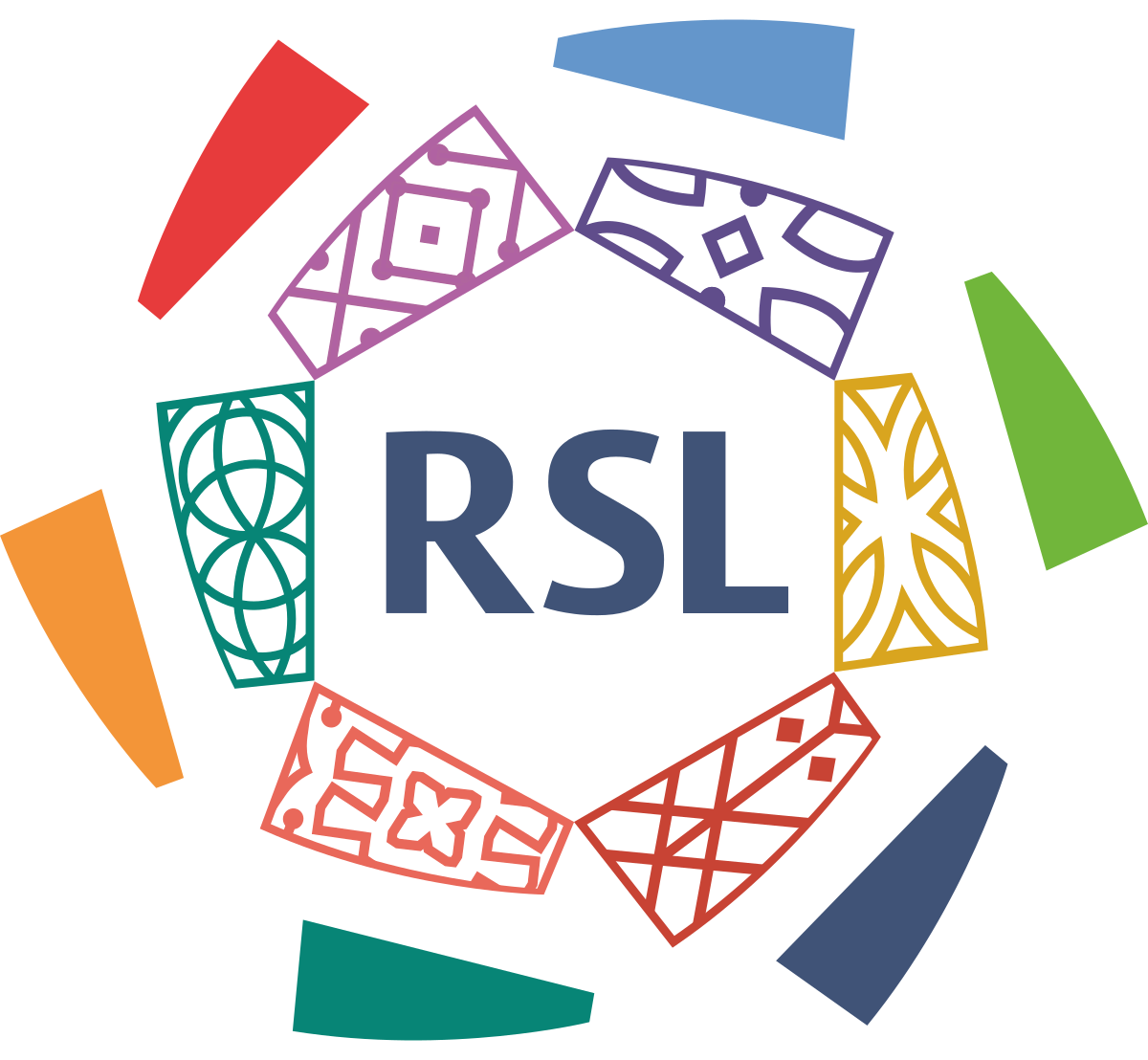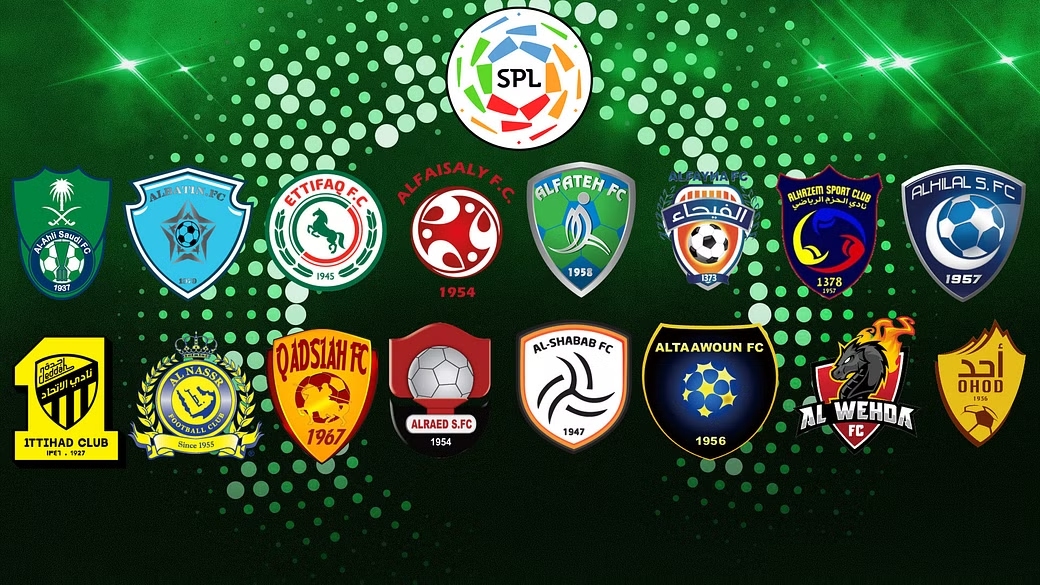THE SAUDI SOCCER SURGE IS THE TALE OF 2023, BUT IS IT JUST A DESERT MIRAGE?
It has been impossible to ignore the new kid on the block.
The Saudi Professional League (SPL/RSL) has blown open a crock of gold this summer, sending shockwaves throughout the old order of Europe's Big Five (EPL, La Liga, Serie A, the Bundesliga and Ligue Un).
In the wake of Cristiano Ronaldo's move to Al-Nassr at the end of 2022 with the highest salary in football history ( €200 million p.a.), other Euro stars have made the same journey this year.
Karim Benzema and N'Golo Kante have joined Al-Ittihad, coached by Nuno Espirito Santo. Roberto Firmino, Riyad Mahrez and Edouard Mendy have signed for Al-Ahli, Kalidou Koulibaly and Ruben Neves Al-Hilal.
Steven Gerrard has joined Al Ettifaq as manager, accompanied by fellow ex- Liverpool star Jordan Henderson. Another Anfield alumnus, Sadio Mane, is said to be on the verge of joining Al-Nassr.
Others are sure to follow in the next few weeks as every big name transfer target is being linked with Saudi Arabia, it appears.
Professional since 1976, the nation's football league has only this season been splashing the cash overseas, thanks to the nation's Public Investment Fund taking control of four clubs.
 |
| Al Nassr's Cristiano Ronaldo is the world's highest-paid footballer |
The desert state's football fever is part of a wider strategy to see beyond oil and develop alternative industries, while improving its global image, which remains rather negative given its well-documented human rights record.
Hosting Formula One, boxing, the LIV golf tour and buying Newcastle United have already signalled the nation's global sporting intention and the success of neighbours Qatar hosting the 2022 World Cup a few months ago, which featured the Green Falcons beating the eventual winners, has spurred the Saudis to seize the moment.
And yet we have been here before when it comes to an upstart league tempting overseas stars, with the Chinese League making waves in 2011 and then 2017, and for those who know their history, the NASL in the 1970s and Colombia's short-lived El Dorado league in the 1950s. Only the Chinese league still exists, but is far from being a serious rival to Europe.
Those new kids on the block, like the Saudi Pro League, relied too much on purchasing stars past their best instead of nurturing young talent, and their neglect of grassroots development proved their undoing.
Fulham owner Tony Khan, irked by his manager Marco Silva's and striker Aleksandar Mitrovic's heads being turned by recent Saudi cash offers, raged, "I think if you have enough money you can get away with anything, including murder, and try to sign up all the top players in the world."
UEFA President Aleksander Ceferin made a more sober criticism last month:
"It is mainly a mistake for Saudi Arabian football," the Slovenian said. "They should invest in academies, they should bring coaches, and they should develop their own players. The system of buying the players that almost ended their career (sic) is not the system that develops football."
Indeed, the best model for aspiring leagues may well be the patient one of Major League Soccer, who had learned from the NASL's mistakes and planned a long-term model of local player development and sustainable businesses instead. For its opening years, MLS rattled away in empty NFL stadia, failing to challenge American sports' Big Four or capitalise on the national team's World Cup exploits.
But fast forward to 2023 and MLS has just signed the world's most famous player Lionel Messi, although he is also past his prime, and the league boasts 29 clubs compared to the ten it began with in 1996. With the US hosting the next World Cup, football stateside finally looks like it has a rosy future.
The US league now has an average crowd of 21,000, more than double the 9,339 of the SPL.
The Saudis are still a long way behind MLS, whatever Ronaldo believes.
"The Saudi league is better than MLS," the Portuguese legend insisted this week. "Now all the players are coming here. In a year, more top players will come to Saudi Arabia."
Splashing the cash for a quick impact may appeal to the House of Saud right now, but that model of football league has consistently failed to last.
To be fair, the Saudis admit as much. League CEO Saad Al-Lazeez confirmed,
"This has more to it than simply bringing world class players and talent there or spending big amounts of money on those players."
To that end, the SPL is bringing in a rule from the season after next that a third of squad members must be under 21 years old, relying on the 23 new training centres established in the kingdom.
The Saudis have a plan to truly develop football, launched two years ago, named 'Tactics for Tomorrow'.
Since 2021, the number of registered players in the country has risen 58%, attendances 150% and funding for youth football 162%.
The number of coaches since 2018 has risen from 750 to 5,500. Interestingly, 1,000 of those are women.
The modest aim is to become one of the world's top ten leagues, but the Saudis are surely aiming higher.
So far so good, but a sudden windfall of players on high salaries does not bode well for long-term sustainability. Saudi soccer success is still a long way off and building a successful league is never an overnight operation.
But an apparently bottomless pit of money surely helps.
(c) Sean O'Conor & Soccerphile

